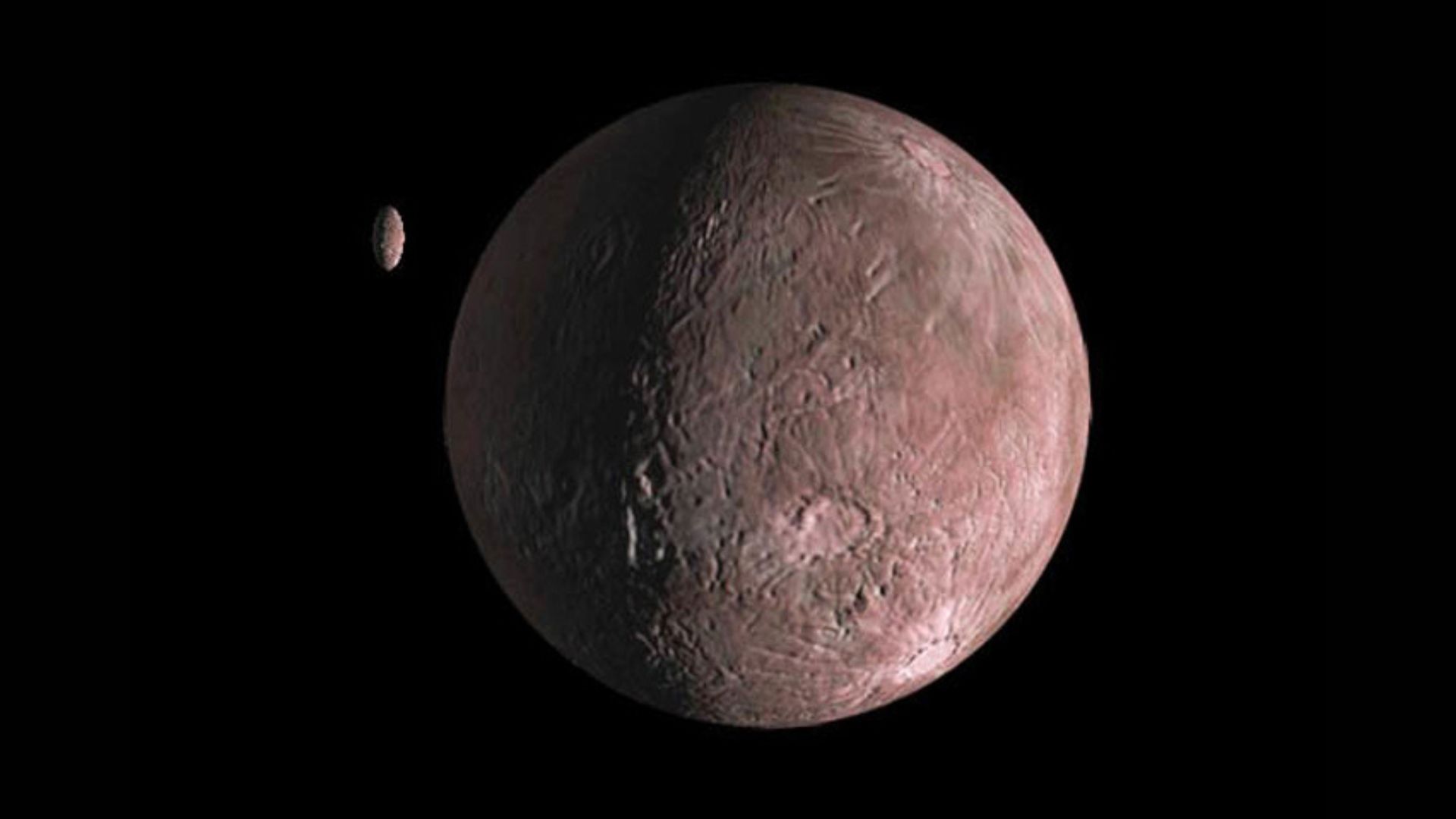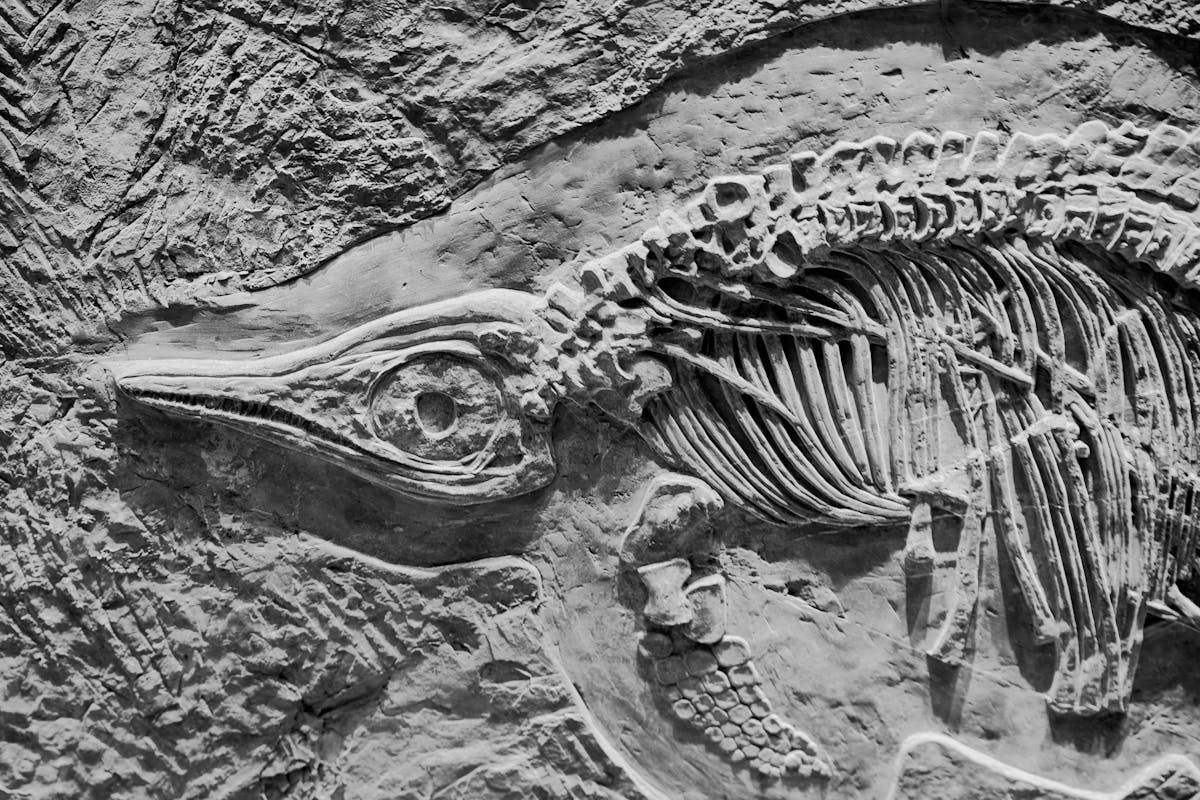A newly discovered quasi-moon has been detected orbiting Earth, offering astronomers a rare glimpse into the complex dynamics of near-Earth objects. This tiny celestial body challenges conventional understanding of our planet’s immediate cosmic environment.
El hallazgo, logrado por un equipo de astrónomos de diversos países, representa un avance importante en la investigación del espacio cercano a la Tierra. A diferencia de las lunas convencionales, que siguen trayectorias estables y prolongadas alrededor de planetas, un cuasi-satélite es un objeto cuya órbita es momentáneamente afectada por la gravedad terrestre. Estos compañeros efímeros pueden orbitar el planeta durante meses o incluso años antes de ser desviados por el Sol u otras fuerzas celestes. El cuasi-satélite recientemente identificado, aunque pequeño, brinda información valiosa sobre dinámica orbital, posibles oportunidades de recursos y estrategias de defensa planetaria.
For decades, scientists have been cataloging asteroids and near-Earth objects to better understand their trajectories and the risks they may pose. However, the detection of a quasi-moon is less common and highlights the dynamic nature of Earth’s gravitational environment. Observing such objects not only deepens scientific knowledge but also encourages public interest in astronomy and space exploration.
Comprehending quasi-moons and their importance
Quasi-moons, occasionally called transient satellites, belong to a distinct class in space dynamics. In contrast to the Moon, which maintains a stable trajectory for billions of years, quasi-moons have weak gravitational ties to Earth and frequently show intricate orbital behaviors. These objects generally come from the asteroid belt or various regions of the solar system and are temporarily held by Earth’s gravitational pull.
The newly identified quasi-satellite exhibits numerous attributes common to these transient celestial companions. Scientists observed its diminutive size, uneven form, and peculiar orbit, which varies between nearing our planet and moving further into space. Its fleeting presence intrigues researchers as it highlights the gravitational interactions among Earth, the Moon, and the Sun. Through examining these behaviors, researchers can enhance models for predicting orbital dynamics and gain deeper insights into how minor celestial entities engage with planets throughout time.
While quasi-moons are generally not considered threats to Earth, their presence has practical implications. Some scientists argue that these objects could serve as stepping-stones for future space exploration, potentially offering sites for scientific study or resource extraction. Others view them as natural laboratories for testing orbital prediction methods, refining spacecraft navigation, or preparing for asteroid deflection strategies.
How the discovery was made
The new quasi-moon was detected using a combination of ground-based telescopes and space observation technologies. Astronomers employed advanced imaging techniques and precise tracking algorithms to distinguish the object from the vast number of nearby asteroids. Its size, estimated to be only a few dozen meters in diameter, required careful observation to confirm its temporary orbit around Earth.
This discovery is a testament to the increasing sophistication of astronomical monitoring. The ability to detect small, fast-moving objects near Earth reflects advancements in both hardware and computational modeling. By combining high-resolution imaging with predictive algorithms, scientists can identify transient satellites that would have gone unnoticed just a decade ago. The success of this observation underscores the importance of continued investment in near-Earth object monitoring programs.
Alongside advancements in technology, this discovery also depended on global teamwork. Observatories from various continents worked together, exchanging data and perfecting calculations to verify the object’s path. This cooperative effort highlights the worldwide aspect of contemporary astronomy, where breakthroughs frequently rely on alliances among scientists and organizations collaborating.
Consequences for the study of planets and space travel
The identification of a quasi-moon near Earth carries implications for both fundamental science and practical applications. For planetary scientists, it offers a rare opportunity to study a natural object in close proximity, providing insight into composition, reflectivity, and orbital dynamics. Studying such bodies can reveal details about the formation and evolution of small celestial objects, as well as their interactions with larger planetary systems.
From a space exploration perspective, quasi-moons present potential targets for missions that would be logistically simpler than traveling to distant asteroids. Their proximity to Earth means that spacecraft could reach them with lower fuel requirements, test technologies for asteroid mining, or gather samples that might inform broader questions about solar system history. The temporary nature of these moons, however, requires precise timing for mission planning, emphasizing the need for continued observation and predictive modeling.
Additionally, quasi-moons contribute to understanding the risks associated with near-Earth objects. Although most are small and unlikely to cause significant damage if they were to enter Earth’s atmosphere, studying their paths can refine risk assessment models. Learning how gravitational forces capture and release these objects helps astronomers predict potential hazards from other asteroids and comets that might cross Earth’s orbit in the future.
Public fascination and educational opportunities
The notion of uncovering a quasi-moon naturally intrigues the public. Unlike remote planets or distant galaxies, these celestial bodies inhabit a part of space that feels near and reachable. The concept that Earth momentarily accommodates small satellites ignites interest and offers educators an effective way to captivate students in astronomy and physics.
Science communicators have emphasized the opportunity to explain concepts such as gravity, orbital mechanics, and the solar system’s dynamic nature through examples like quasi-moons. By presenting these discoveries in an accessible way, scientists can inspire future generations of astronomers and engineers. Public interest also supports funding and advocacy for space research, highlighting the broader societal benefits of scientific exploration.
The fascination with quasi-moons is not purely academic. Media coverage and public engagement help contextualize human exploration of space and the potential for technological innovation. Stories about these temporary satellites provide a bridge between complex scientific research and the general audience, making space science more relatable and exciting.
Monitoring and future research
Astronomers intend to keep observing this recently identified quasi-moon in the upcoming months to study its path, rotation patterns, and eventual break from Earth’s gravity. Ongoing surveillance will enhance the understanding of quasi-moon characteristics and aid in expanding knowledge of areas near Earth.
Future research may also explore the physical characteristics of quasi-moons in more detail. Instruments such as spectrometers could analyze surface composition, helping scientists determine whether these objects share similarities with other near-Earth asteroids or possess unique properties. This knowledge could inform future missions and potentially identify objects suitable for scientific or commercial purposes.
The finding highlights the significance of remaining watchful in observing the near-Earth surroundings. With advancements in technology, it is probable that astronomers will identify more temporary companions, contributing to a deeper comprehension of Earth’s position in the solar system. Every new object acts as an example in gravitational dynamics, supplying information that might impact core science as well as real-world uses, such as strategies for planetary defense.
The identification of a previously unknown quasi-moon orbiting Earth highlights the complexity and dynamism of our cosmic neighborhood. These temporary satellites provide unique opportunities to study orbital mechanics, engage the public with astronomy, and explore potential applications for space missions. While small in size, their scientific significance is substantial, offering lessons about gravity, near-Earth objects, and the ever-changing interactions between celestial bodies.
As astronomers continue to monitor this latest discovery, it serves as a reminder that Earth’s environment extends beyond the visible sky. Even tiny, transient companions can illuminate our understanding of the solar system, bridging the gap between observation, experimentation, and exploration. The ongoing study of quasi-moons underscores the richness of near-Earth space and the enduring value of curiosity-driven research.




